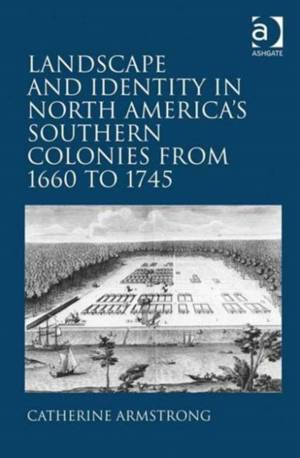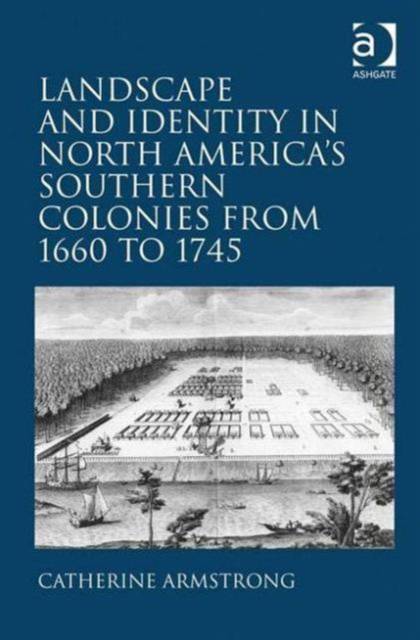
- Afhalen na 1 uur in een winkel met voorraad
- Gratis thuislevering in België vanaf € 30
- Ruim aanbod met 7 miljoen producten
- Afhalen na 1 uur in een winkel met voorraad
- Gratis thuislevering in België vanaf € 30
- Ruim aanbod met 7 miljoen producten
Zoeken
Landscape and Identity in North America's Southern Colonies from 1660 to 1745
Catherine Armstrong
Hardcover | Engels
€ 183,45
+ 366 punten
Omschrijving
Through an analysis of textual representations of the American landscape, this book looks at how North America appeared in books printed on both sides of the Atlantic between the years 1660 and 1745. A variety of literary genres are examined to discover how authors described the landscape, climate, flora and fauna of America, particularly of the new southern colonies of Carolina and Georgia. Chapters are arranged thematically, each exploring how the relationship between English and American print changed over the 85 years under consideration. Beginning in 1660 with the impact of the Restoration on the colonial relationship, the book moves on to show how the expansion of British settlement in this period coincided with a dramatic increase in the production and consumption of the printed word and the further development of religious and scientific explanations of landscape change and climactic events. This in turn led to multiple interpretations of the American landscape dependent on factors such as whether the writer had actually visited America or not, differing purposes for writing, growing imperial considerations, and conflict with the French, Spanish and Natives. The book concludes by bringing together the three key themes: how representations of landscape varied depending on the genre of literature in which they appeared; that an author's perceived self-definition (as English resident, American visitor or American resident) determined his understanding of the American landscape; and finally that the development of a unique American identity by the mid-eighteenth century can be seen by the way American residents define the landscape and their relationship to it.
Specificaties
Betrokkenen
- Auteur(s):
- Uitgeverij:
Inhoud
- Aantal bladzijden:
- 226
- Taal:
- Engels
Eigenschappen
- Productcode (EAN):
- 9781409406631
- Verschijningsdatum:
- 28/04/2013
- Uitvoering:
- Hardcover
- Formaat:
- Genaaid
- Afmetingen:
- 156 mm x 234 mm
- Gewicht:
- 503 g

Alleen bij Standaard Boekhandel
+ 366 punten op je klantenkaart van Standaard Boekhandel
Beoordelingen
We publiceren alleen reviews die voldoen aan de voorwaarden voor reviews. Bekijk onze voorwaarden voor reviews.











